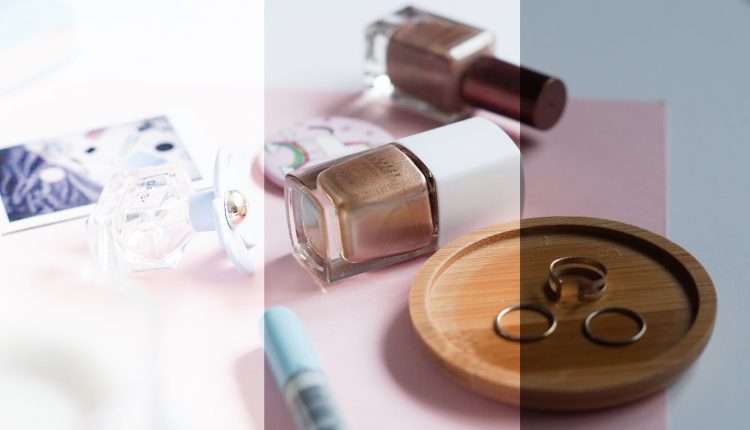Overexposing and Underexposing Photography
To be underexposed means that an image contains not enough light, so there is too much darkness that was recorded on the film or image. The darker the photo is, the more underexposed it is. Sometimes you can even underexpose a photo on purpose to make pictures more dramatic, so keep that in mind too – NOT ALL UNDEREXPOSED IMAGES ARE BAD. Underexposure can happen two times through the photography process: while taking the picture, and then while developing it. Typically, if it happens while you are taking the picture, it is at night and the lighting is very poor outside, therefore, not giving the camera enough light to capture the image that the photographer wants. If your photos are getting underexposed while developing it, then there are ways of fixing that too.
Ways to correct underexposure:
• Add more light to your canvas. One of the more simple ways of doing this is actually just turning your flash on, that is what it is there for so use it. Another way is by adding a reflector; this will help keep the lighting in the photo in a way that adds more definition to the scene or image.
• Adjusting your f / stop could very well be the problem too. Changing this will allow more light exposure to the photo, so just play with it until you find the right f / stop.
• Or change your shutter speed while keeping the f / stop the same. I only recommend doing this if you have a model that is not moving and you are using a trip pod. Switching your shutter speed from 1/60 of a second to 1/30 can really make a noticeable difference; it may feel like it’s only changing a millisecond but that period of time can make all the difference!
Overexposure is exactly the opposite of underexposure, you are letting too much light be recorded by the camera and that is causing the photo to be ‘blown out’ or ‘white washed’. When this happens, you lose a lot of the color in the photo and it can be too distracting to see what the photographer was trying to create. Some people overexpose on purpose to allow more details to emerge on a dark object and setting, but typically overexposing is not a good thing. Just like the definition of overexposing is the opposite of underexposing, the ways to correct overexposing are also the opposite.
• Take away light by moving to the shade or using a darker reflector. A darker reflector will absorb some of the access light, therefore, helping your photo from getting blah-looking. If you can not find shade then find a cloth or something to block direct sunlight.
• Try changing your f / stop. Play around with it and get closer to f / 11, see what works for the shot and use it.
• Shutter speed is another option. Move it up this time, go to 1/125 to let less light in to your sensor or film plane.
